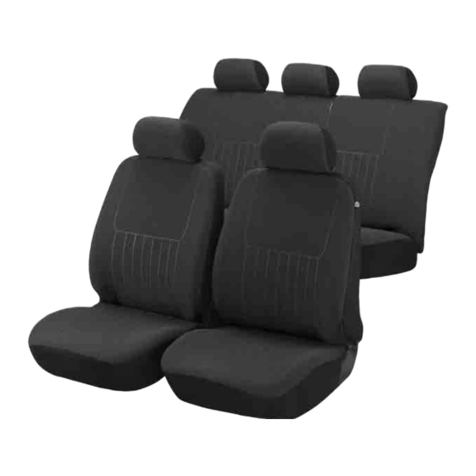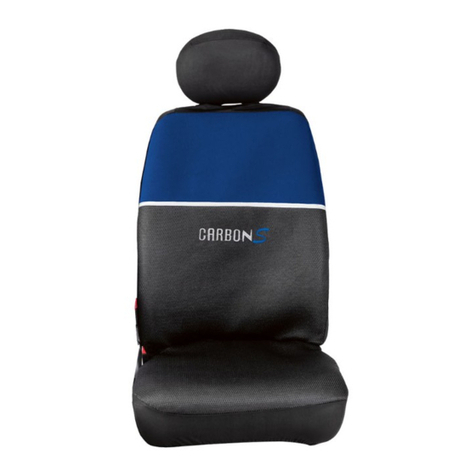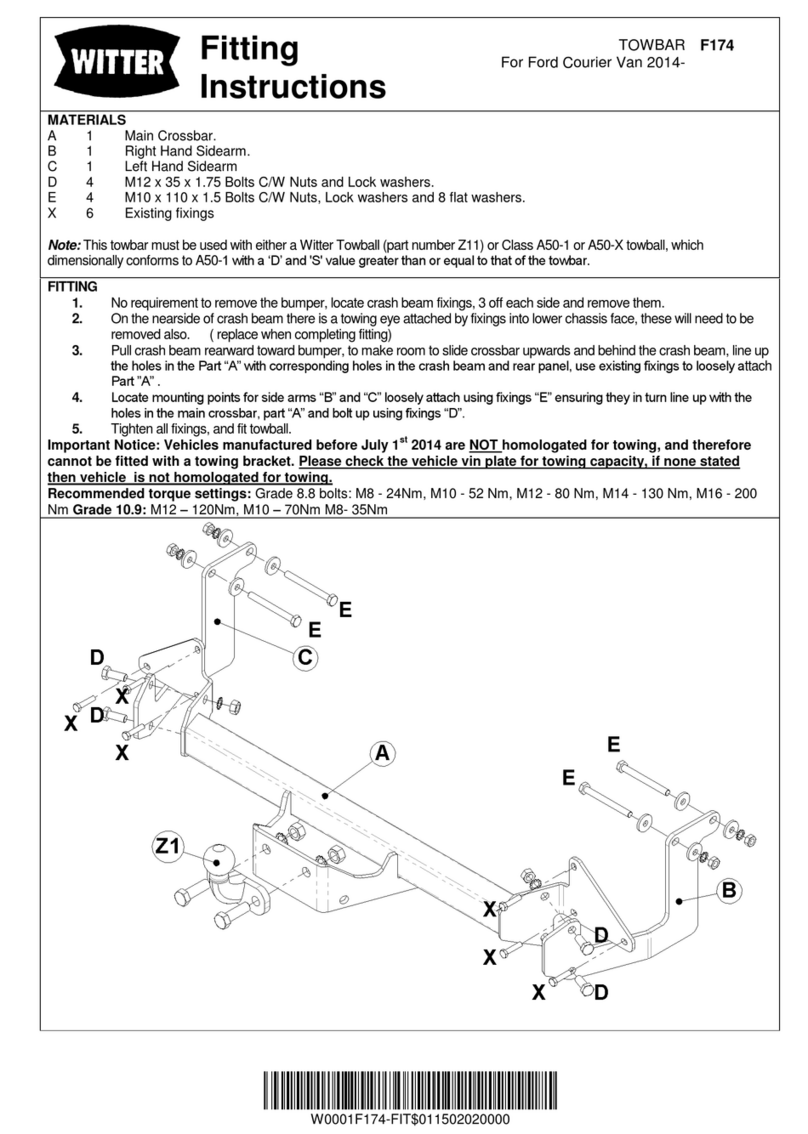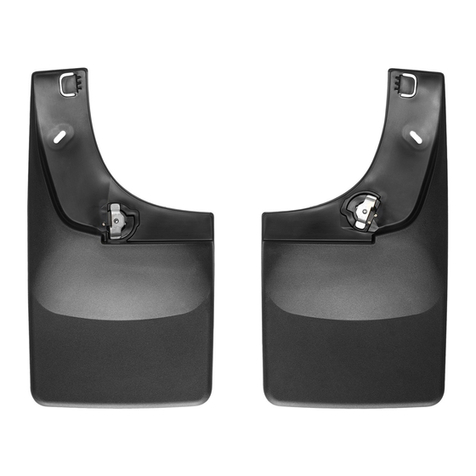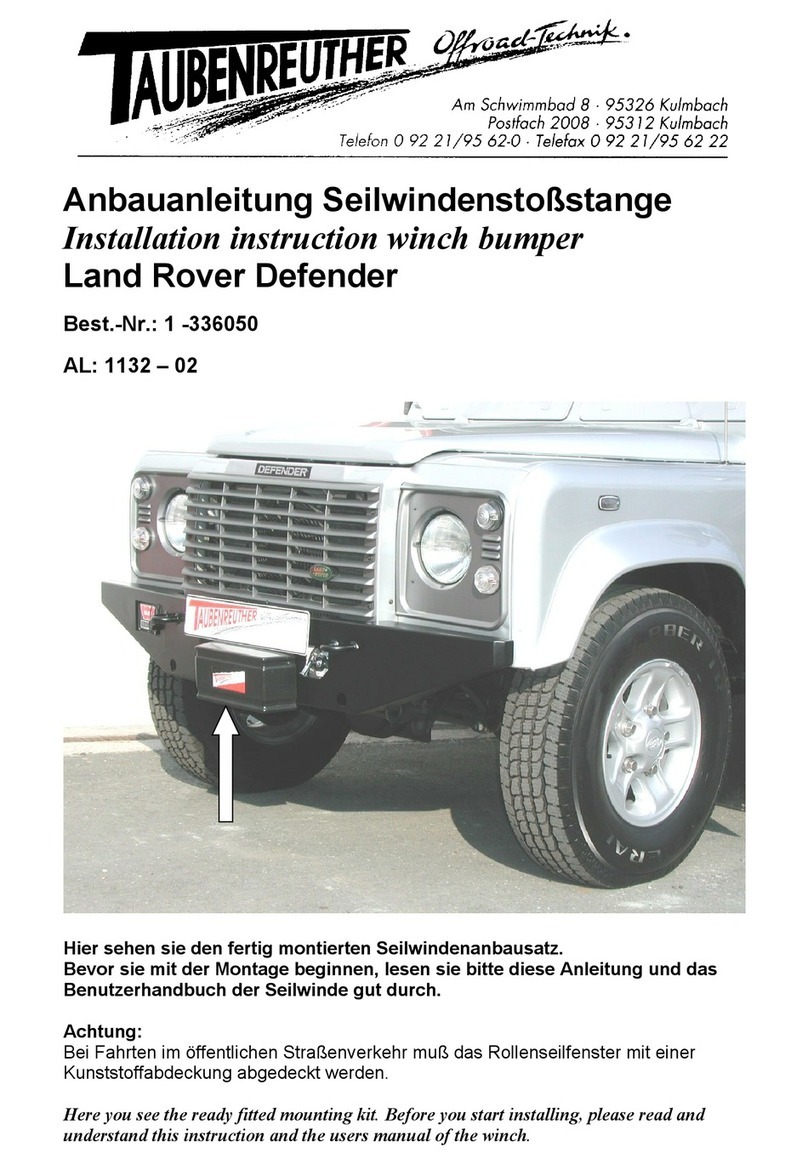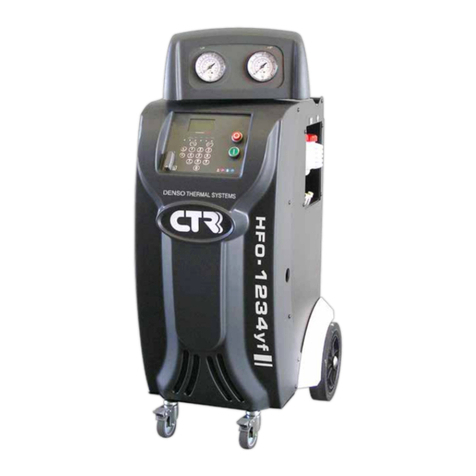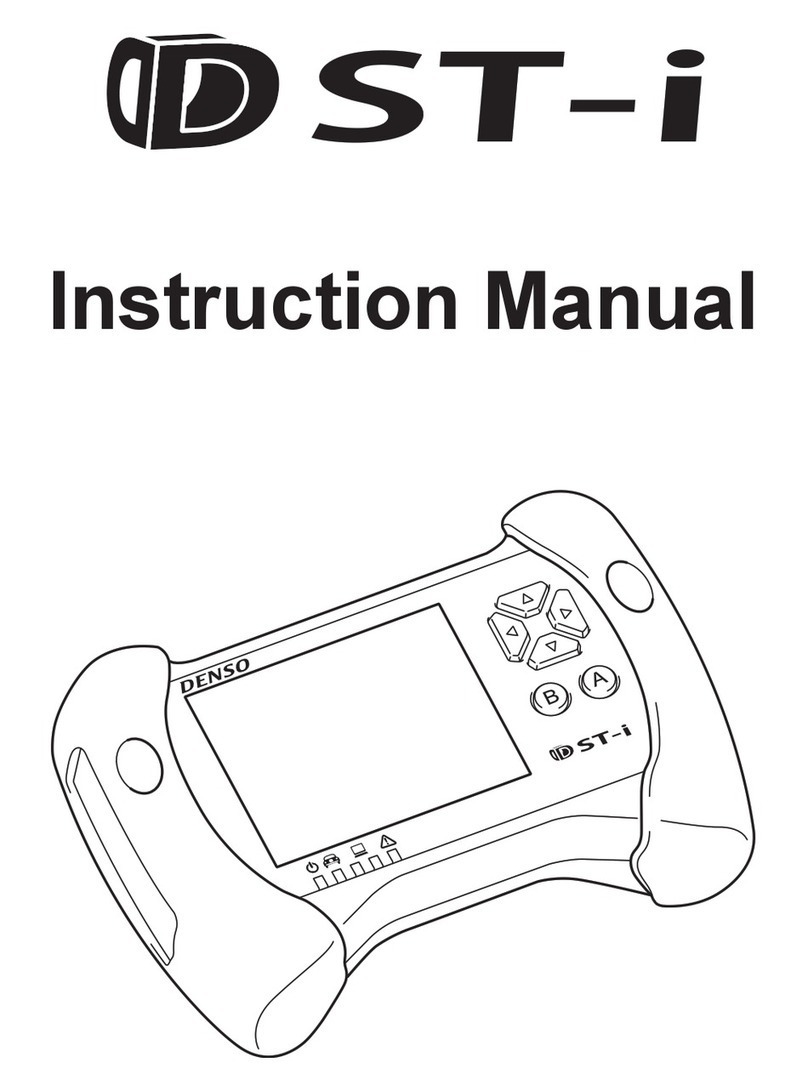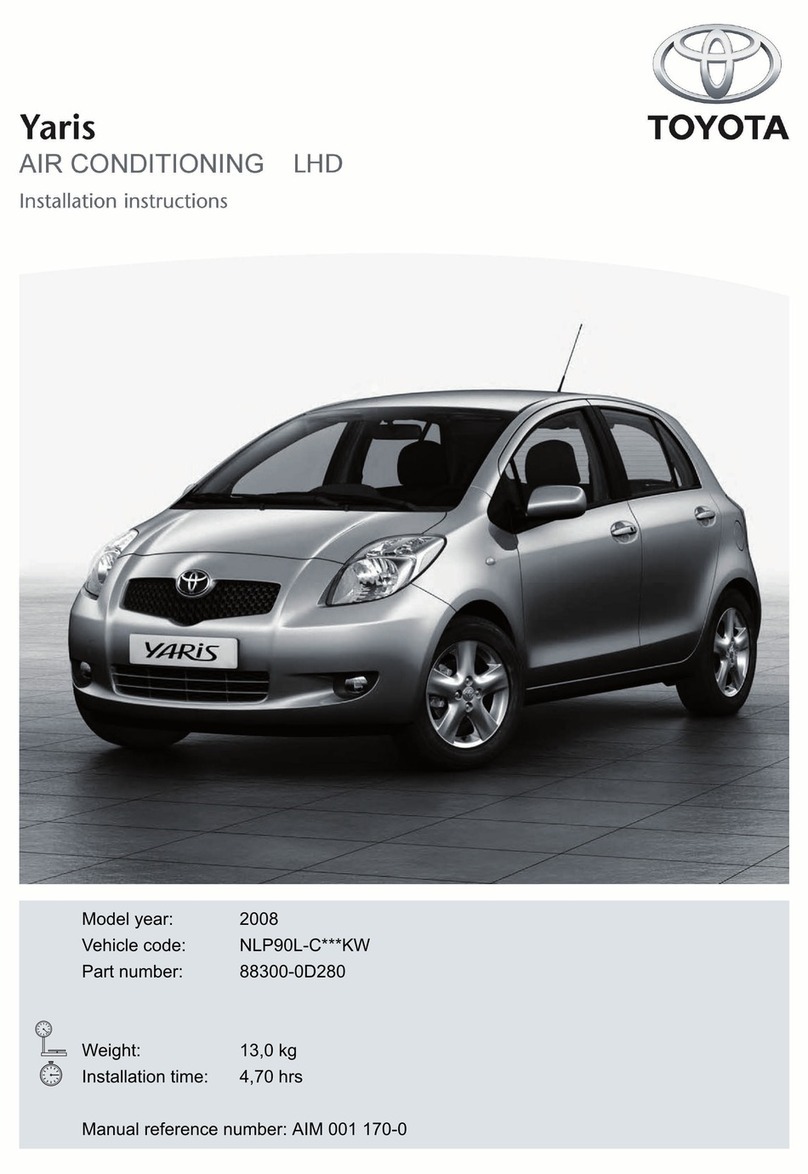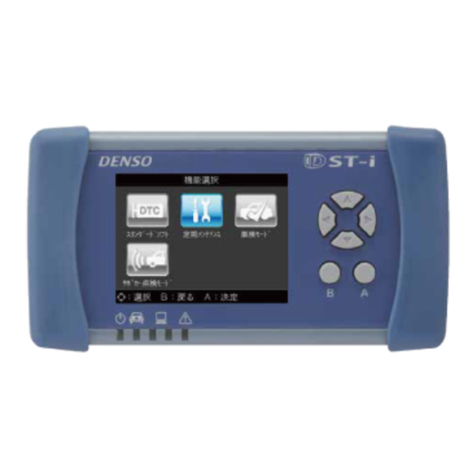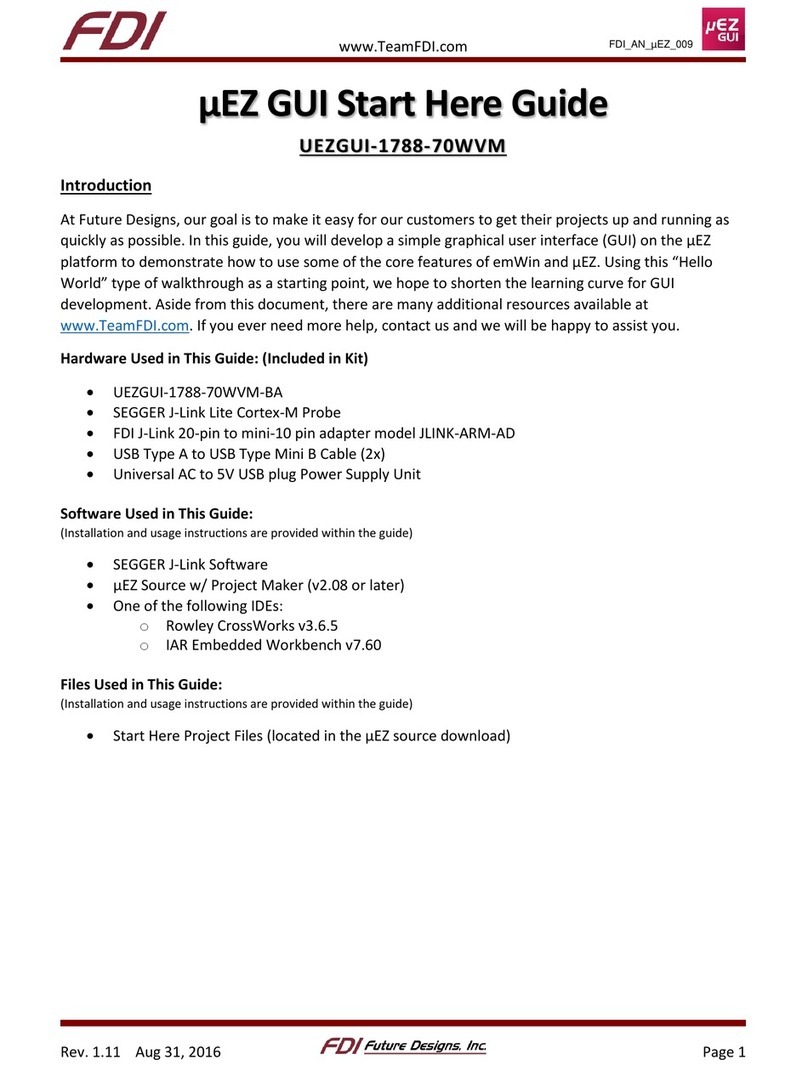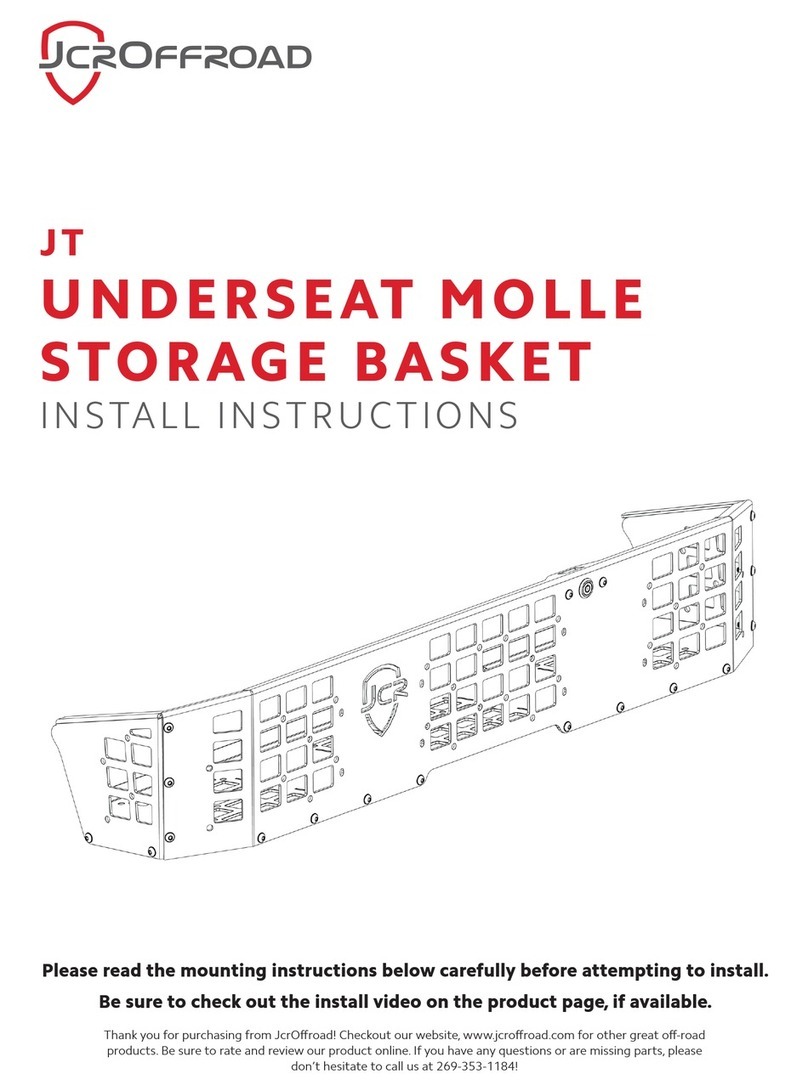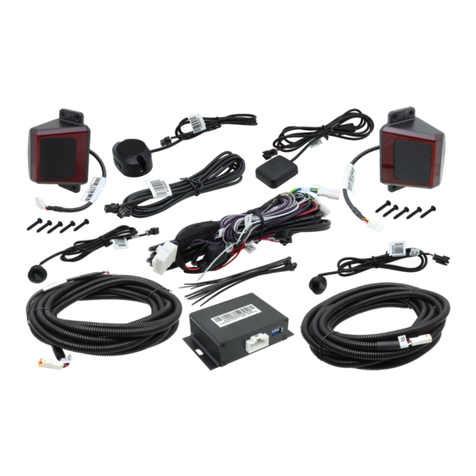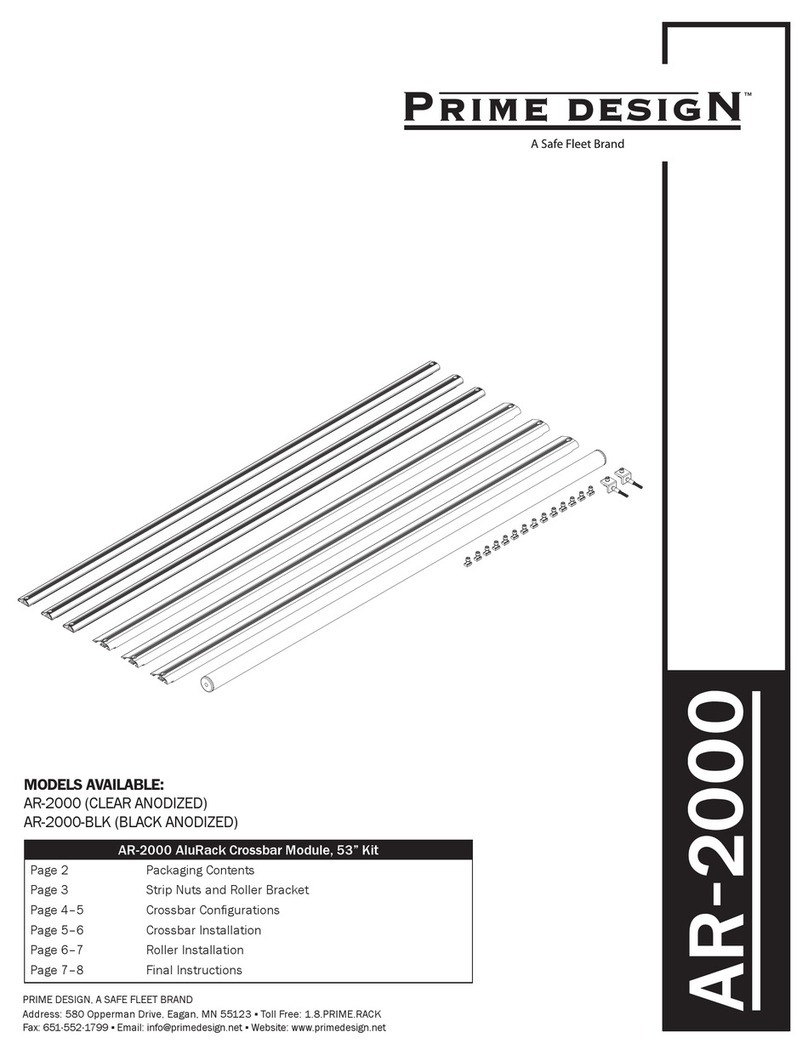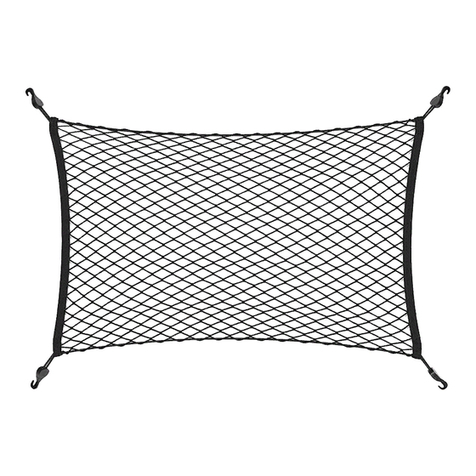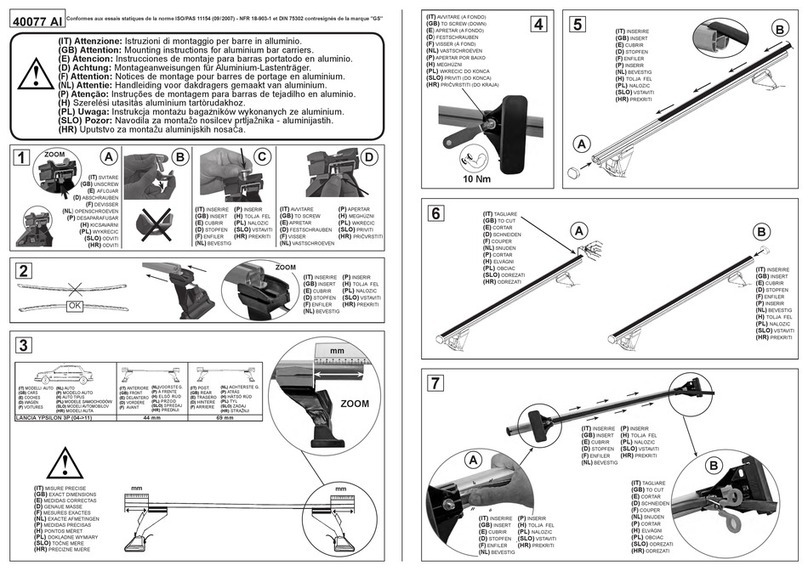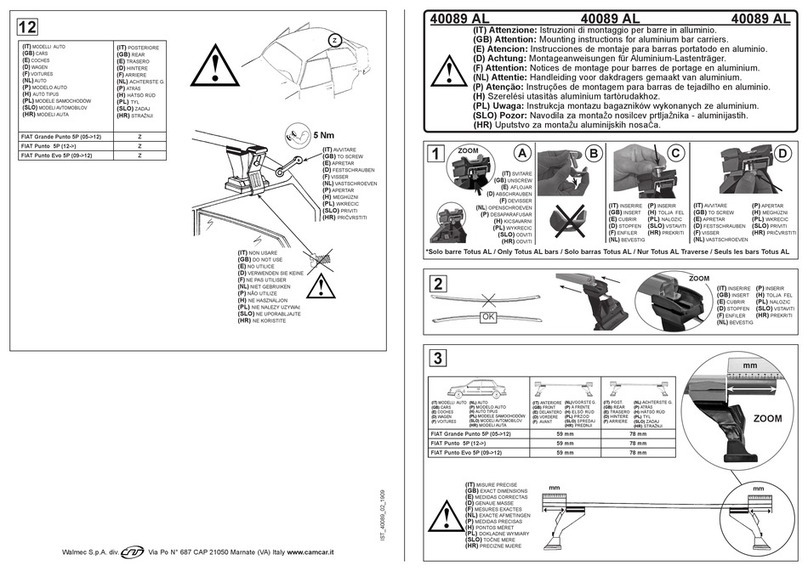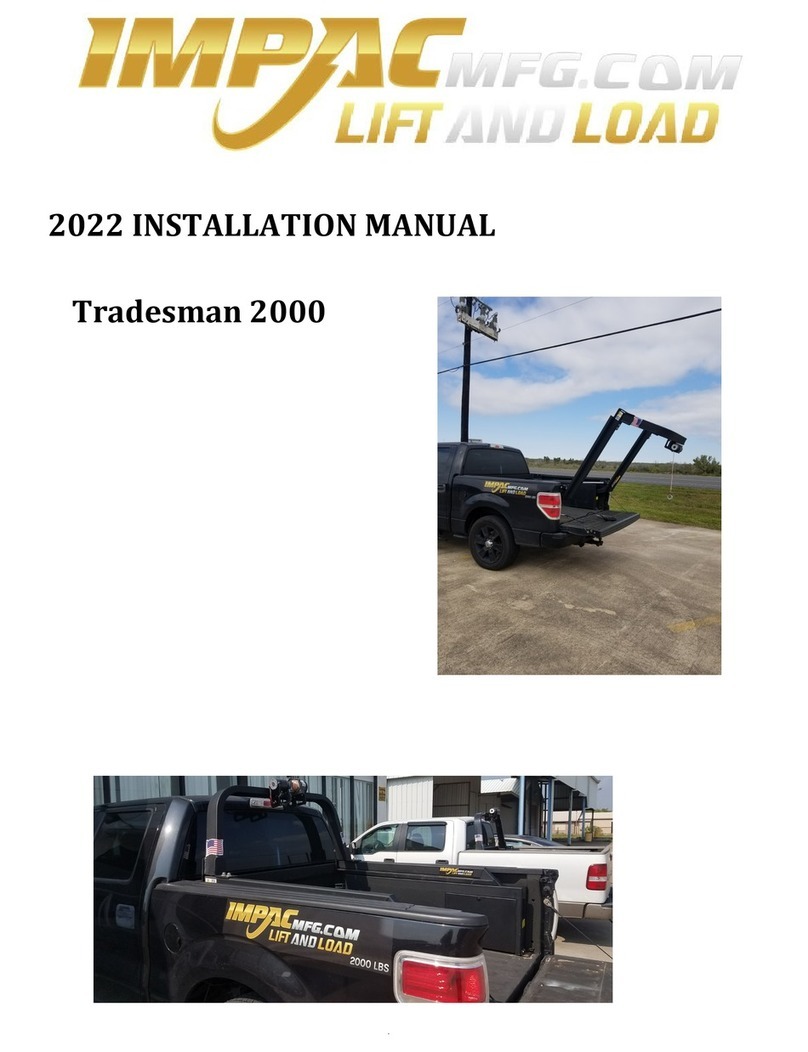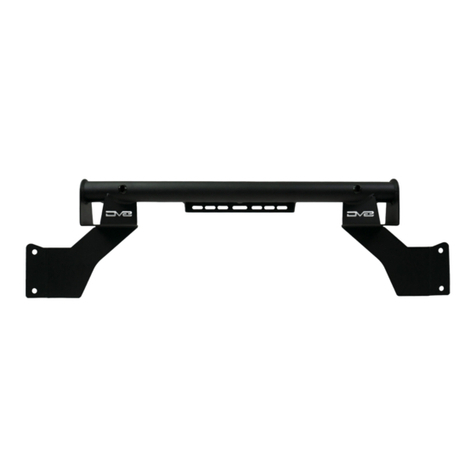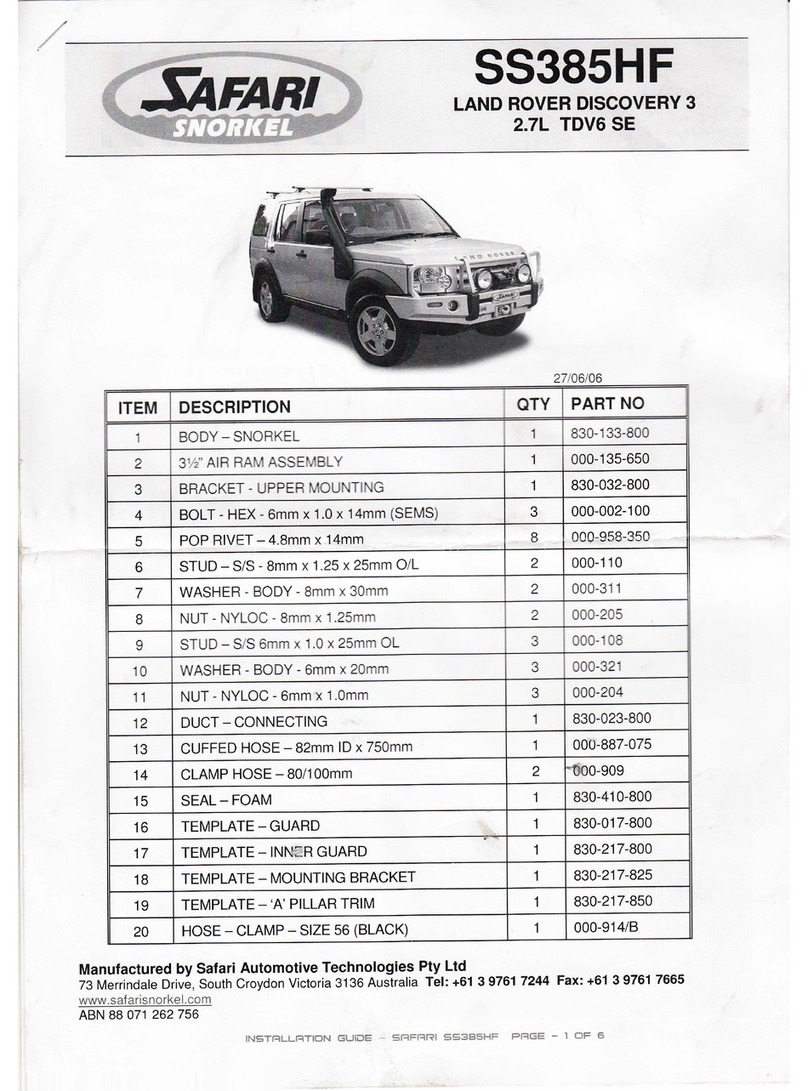
6
Instalación del compresor
NOTA: Para obtener instrucciones más detalladas, consulte el manual de servicio del fabricante
del vehículo.
NOTA: En caso de contaminación del sistema de aire acondicionado, puede ser necesario
sustituir otros componentes del sistema de aire acondicionado, como lo secadores receptores,
los acumuladores, los dispositivos de expansión y condensadores de determinados diseños.
NOTA: DENSO fuertemente recomienda el reemplazo del secador o el acumulador cuando el
sistema del aire/acondicionado se ha abierto y se ha expuesto a las condiciones atmosféricas
durante el proceso de la reparación.
NOTA: Para evitar que pueda entrar basura
al compresor, puede instalar un filtro de línea
en el conducto de succión que está junto
al compresor. Para evitar que pueda entrar
basura al dispositivo de expansión, puede
instalar un filtro de línea.
NOTA: El compresor contiene una carga
completa ‘de sistema’ de lubricante
refrigerante, pero usted debe comparar
el nivel del lubricante del compresor
entre el compresor nuevo y el que está
reemplazándose (Ver figura 1).
1. Coloque el compresor en una superficie
plana, gire a mano la placa de presión
del clutch al menos diez (10) veces para
liberar el lubricante de la cabeza del compresor.
2. Instale el compresor en el motor o en la abrazadera del motor.
3. Apriete los pernos de instalación del compresor al par de apriete correcto. Consulte el manual
de servicio del fabricante del vehículo para obtener el par de apriete correcto.
4. Instale y apriete la banda de accionamiento del compresor. Consulte el manual de servicio del
fabricante del vehículo para obtener la tensión correcta de la banda.
5. Con el aceite refrigerante correcto, lubrique los empaques en O del compresor.
DPRECAUCIÓN: Consulte el manual de servicio del fabricante del vehículo para conocer el
aceite refrigerante correcto.
6. Conecte y apriete al par de apriete correcto el conjunto de la manguera al compresor. Consulte
el manual de servicio del fabricante del vehículo para obtener el par de apriete correcto.
7. Conecte el cable eléctrico del compresor de aire acondicionado del arnés del vehículo.
8. Conecte el cable negativo (de tierra) de la batería.
9. Evacue y vuelva a cargar el sistema de aire acondicionado.
A. Protéjase los ojos y la piel durante la carga usando anteojos de seguridad y guantes
adecuados.
B. Conecte el conjunto de medidor del múltiple y la bomba de vacío o la estación de carga
del refrigerante y evacue el sistema de aire acondicionado durante un mínimo de 30
minutos a 60-75 cmHG (24-29.5 inHG) de vacío.
C. Consulte el manual de servicio del fabricante del vehículo y cargue con la carga de
refrigerante adecuada.
D. Use un detector de fugas adecuado para comprobar que no haya fugas en el
compresor y en la conexión de la manguera.
DPRECAUCIÓN: NO sobrecargue el sistema de aire acondicionado.
figura 1
Compresor del
Reemplazo
Quite el Aceite
Sobrante (A - B)
Compresor a
Reemplazar
